Indian gem relics linked to the Buddha’s remains are set to go under the hammer on Wednesday (May 6). Sotheby’s is auctioning the gems unearthed in Piprahwa, in present-day Uttar Pradesh, in the 1890s.
These jewels have since remained in the hands of a private British collection. The upcoming sale of the Piprahwa gems has, however, stirred a storm, with Buddhist leaders raising concerns.
But why? Let’s understand.
How the relics were discovered
In 1898, British engineer William Claxton Peppé excavated a stupa – a dome-shaped Buddhist shrine – at Piprahwa, just south of Lumbini, believed to be the Buddha’s birthplace.
These relics were mixed with some of the cremated remains of the Buddha, as per The Guardian. Peppé passed on the gems, relics and reliquaries to the colonial British government in India.
The British crown claimed Peppé’s discovery under the 1878 Indian Treasure Trove Act. The bone relics have since been given to countries such as Thailand, Sri Lanka and Myanmar.
Bones and ash linked to the Buddha were gifted to the Buddhist monarch King Chulalongkorn of Siam.
Most of the 1,800 gems, including five relic urns and a stone chest, went to the Indian Museum in Kolkata, then known as the Imperial Museum of Calcutta. Peppé was allowed to keep about one-fifth of the find.
Buddha linked relics to be auctioned
Sotheby’s is auctioning the Piprahwa gems in Hong Kong on Wednesday. It describes the gems as being “of unparalleled religious, archaeological and historical importance”.
The gems, being sold by three descendants of Peppé, include amethysts, coral, rock crystals, garnets, pearls, shells and gold, either included in pendants, beads, and other ornaments.
As per BBC, Chris Peppé, a great-grandson of William Claxton Peppé, has written that the jewels passed from his great-uncle to his cousin. In 2013, he and his two other cousins received them.
In recent years, these magnificent gems have featured at major exhibitions, including one at The Met in 2023.
Nicolas Chow, chairman of Sotheby’s Asia and worldwide head of Asian Art, told BBC this is “among the most extraordinary archaeological discoveries of all time”.
The gems are expected to fetch about HK$100 million (Rs 108.77 crore), reported The Guardian.
Row over auction of Buddha-linked gems
The sale of gems linked to the Buddha has been criticised by Buddhist academics and leaders. They say the relics should not be treated as trading commodities.
Speaking to The Guardian, Venerable Dr Yon Seng Yeath, the abbot of Wat Unnalom, the headquarters of Cambodia’s Mahanikaya Buddhist order, said the auction “disrespects a global spiritual tradition and ignores the growing consensus that sacred heritage should belong to the communities that value it most”.
Ashley Thompson, of Soas University of London, and curator Conan Cheong, both experts in Southeast Asian art, told BBC in a joint statement, “Other ethical questions raised by the sale are: should human remains be traded? And who gets to decide what are human remains or not? For many Buddhist practitioners around the world, the gems on sale are part and parcel of the bones and ash.”
“The Sotheby’s auction transforms these highly sacred materials into saleable objects, in continuation of acts of colonial violence which extracted them from a stupa and called them ‘gems’ and ‘objects of interest to Europeans’, creating a false division with the ash and bone fragments they were consecrated with,” they said.
Describing the auction as “appalling”, Mahinda Deegalle, a Buddhist monastic leader and emeritus professor at England’s Bath Spa University, told The Guardian it was a “humiliation of one of the greatest thinkers in the world”.
Historians say the relics are part of the legacy of Buddha’s Sakya clan descendants and Buddhists across the world.
“The Buddha teaches us not to take other people’s possessions without permission. Historical records indicate that the Sakyamuni clan were granted custody of these relics, as the Buddha emanated from their community. Their wish was for these relics to be preserved alongside adornments, such as these gems, so that they may be venerated in perpetuity by the Buddha’s followers,” Amal Abeyawardene of London-based British MahaBodhi Society, told BBC.
Sotheby’s and Chris Peppé have dismissed the concerns.
“We conducted requisite due diligence, including in relation to authenticity and provenance, legality and other considerations in line with our policies and industry standards for artworks and treasures,” a Sotheby’s spokesperson was quoted as saying by the British newspaper.
Chris Peppé, a filmmaker based in Los Angeles, told BBC that all the monasteries he had visited “no Buddhists regard these as corporeal relics”.
“A few Buddhist academics at western universities have recently offered a convoluted, fact-defying logic whereby they may be regarded as such. It’s an academic construct that is not shared by Buddhists in general who are familiar with the details of the find,” he said.
Peppé said the family “looked into donation [of the relics] to temples and museums and they all presented different problems on closer scrutiny”.
“An auction seems the fairest and most transparent way to transfer these relics to Buddhists and we are confident that Sotheby’s will achieve that.”
With inputs from agencies


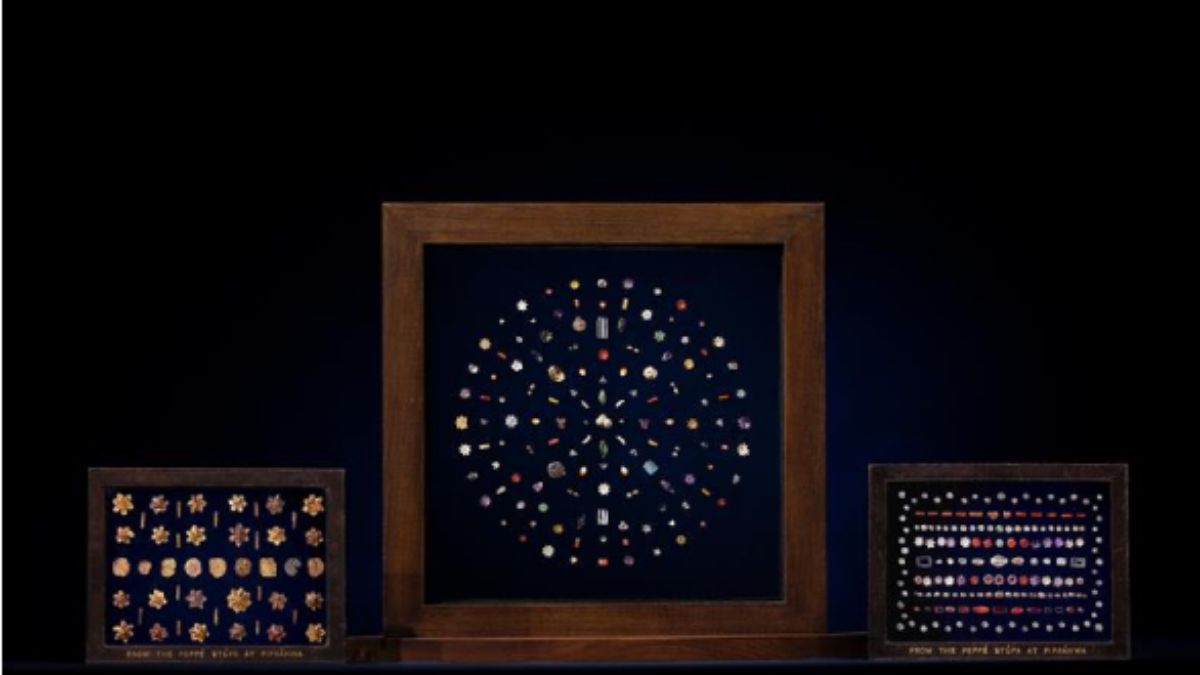)
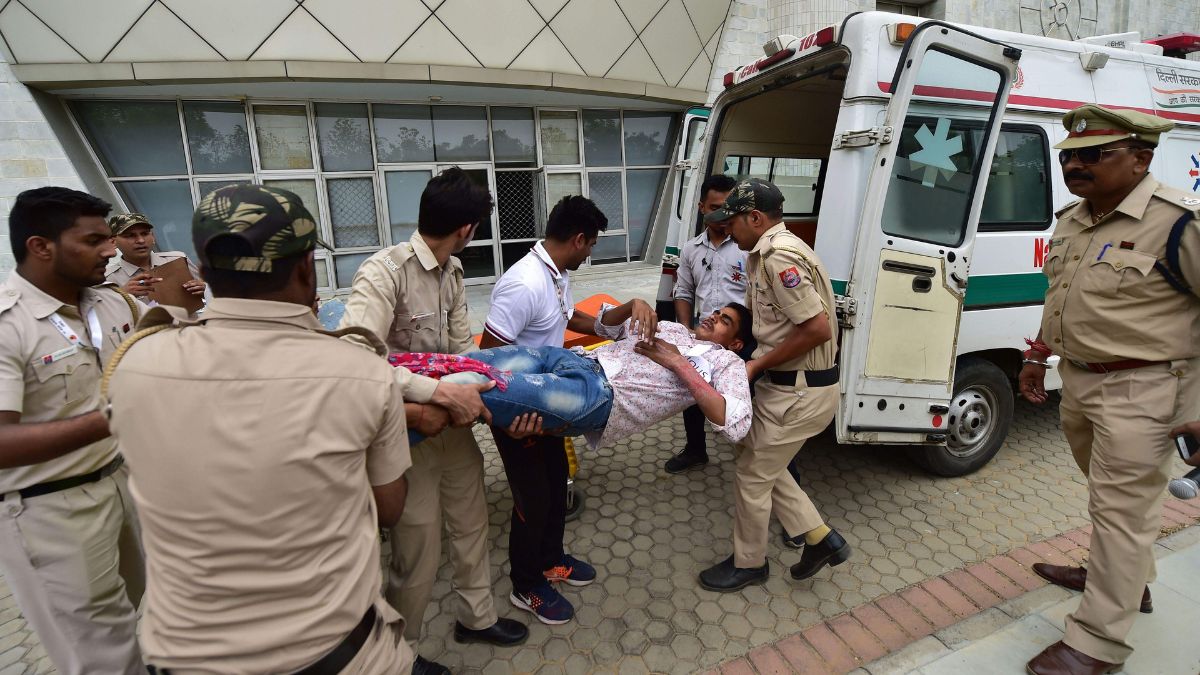)
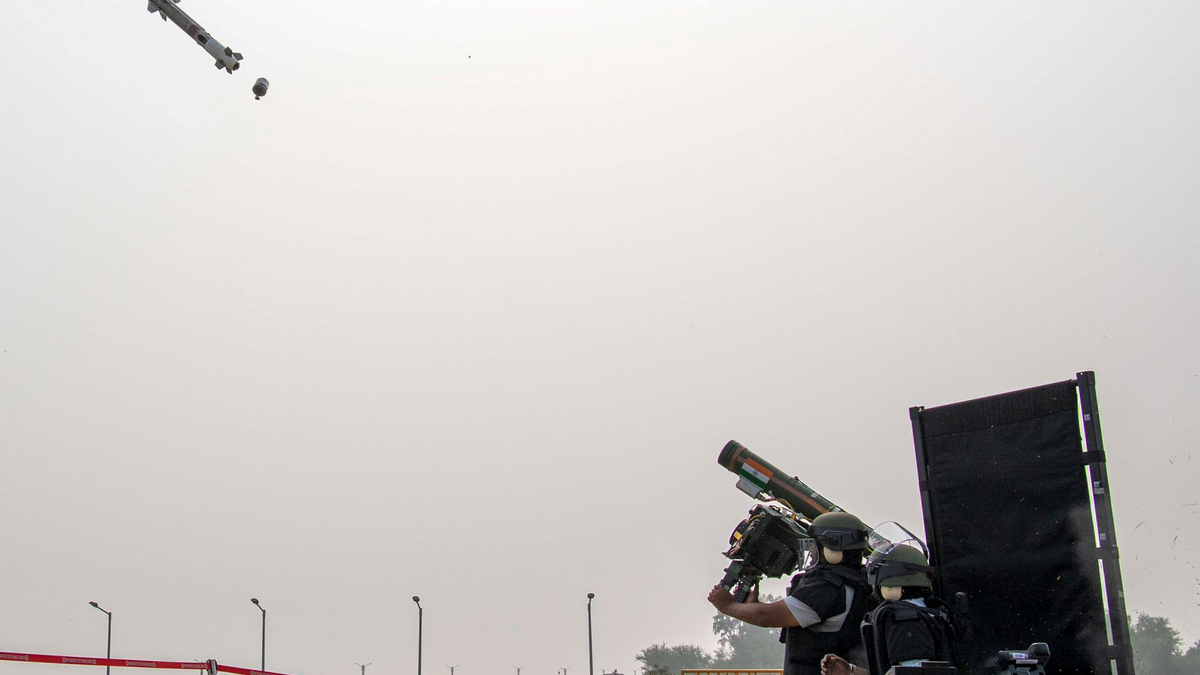)
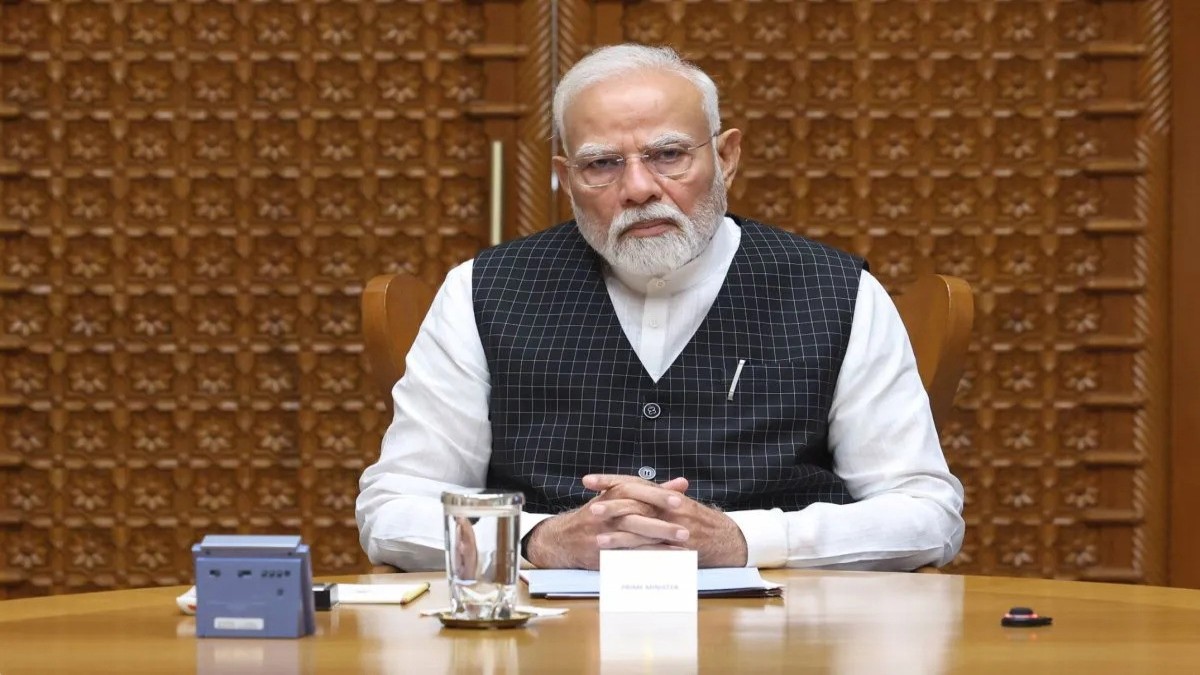)
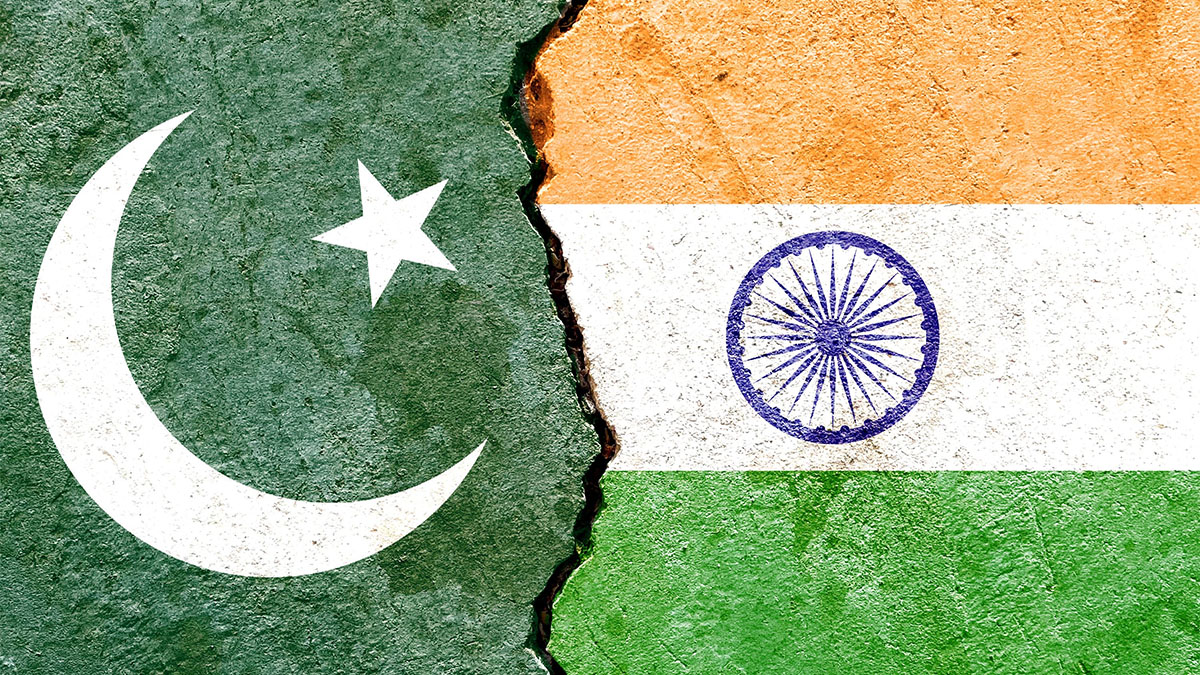)
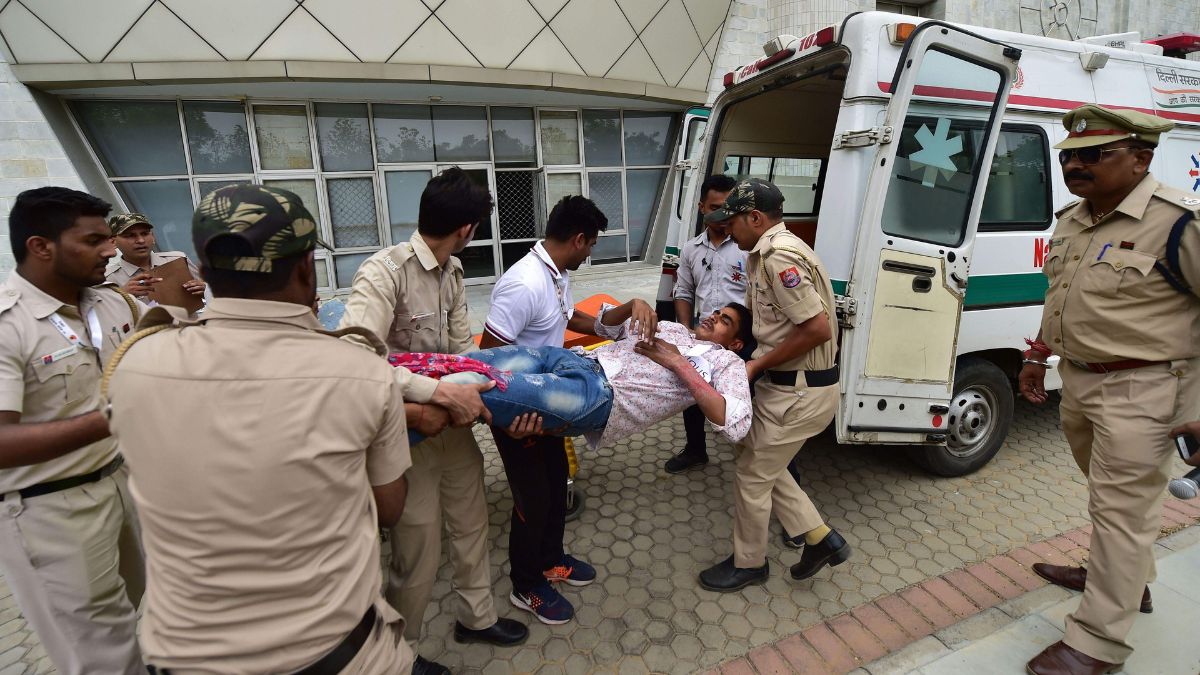)
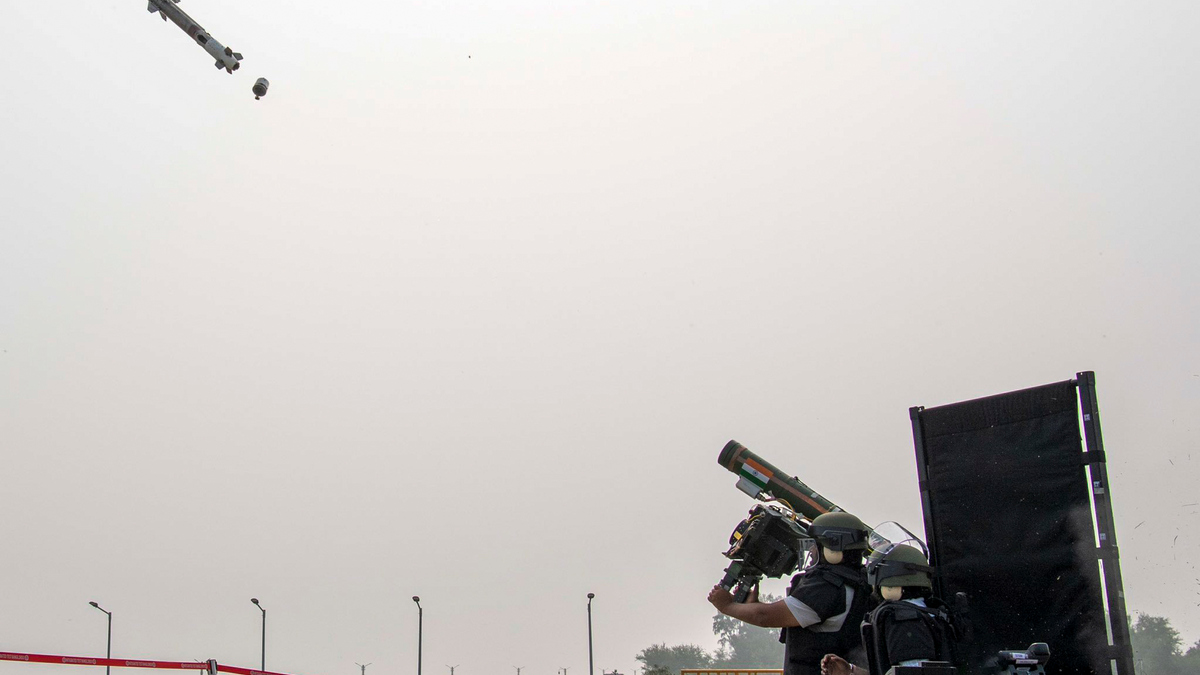)
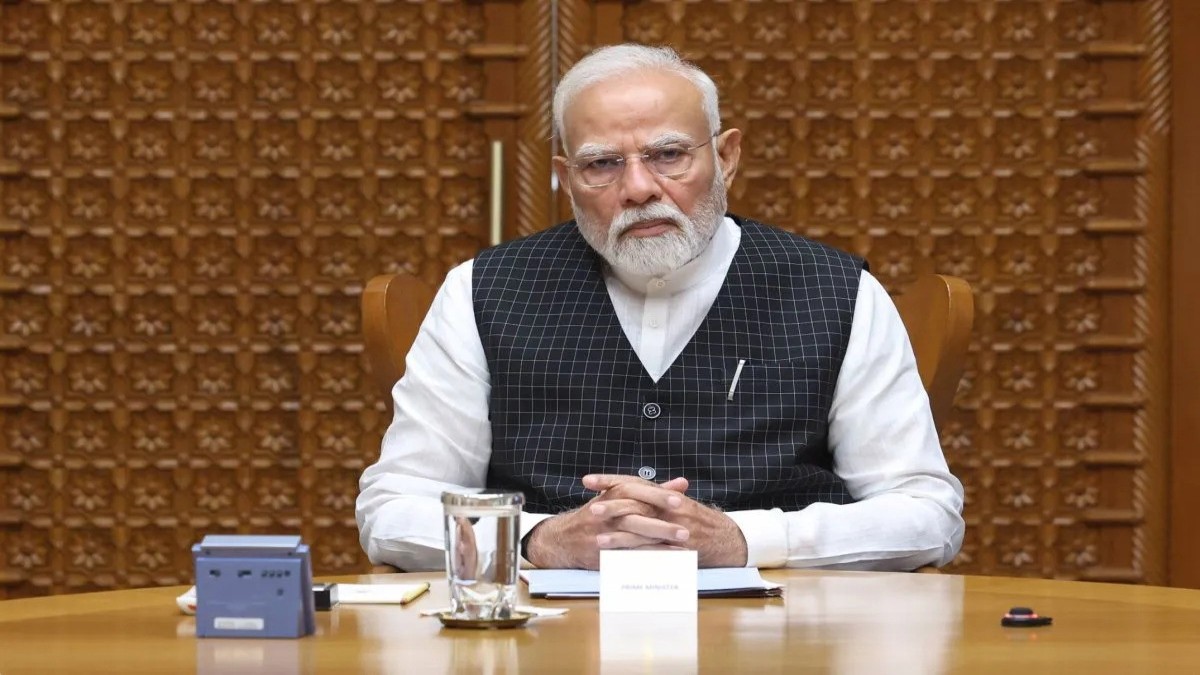)
)